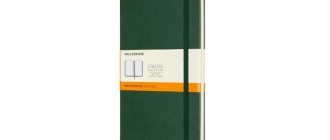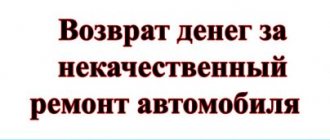Home / Complaints, courts, consumer rights / Consumer rights
Back
Published: September 17, 2018
Reading time: 6 min
0
310
If a product purchased in a store turns out to be of poor quality, the Russian consumer has the right to defend his legal rights and interests by submitting an appropriate demand to its distributor or manufacturer.
- Return of goods of inadequate quality: legislative basis of the issue
- Conditions for returning and exchanging goods Return under warranty
- How to return or exchange goods if there is no warranty
Depending on the degree of defects and the time when they were identified, the buyer can initiate an exchange of the product or return it to the point of sale, receiving the entire amount of money spent in full.
The tool that gives the effect is markdown
This event is strictly documented by the rules that are enshrined in accounting. If you follow the standards and carry out it correctly, you can often get rid of the majority of unsold products.
First, the volume of what is generally allowed to be reduced in value is determined. For these purposes, a commission is formed that conducts an inventory and collects lists of suitable items. If illiquid balances are defective, then specific facts are recorded for each product. This is not hidden, but written down on the price tag so that the buyer can read every word and determine for himself whether this product is suitable for him.
In parallel with this process, there may be a write-off of what cannot be sold - expired items, outdated, not fulfilling their tasks, harmful to people and the environment.
Both types of work are carried out with the preparation of a special statement, which must be signed by the director.
After this, suitable prices are determined for each item. To create a relevant price tag, they take into account the book value, current market value, shelf life, if any, its properties and value to customers, as well as other factors.
Later, a special department is created where the entire discounted batch is stored, along with invoices and a new price list.
How to correctly draw up sales documents
Even if you purchase a regular liquid product, there are certain risks. And when carrying out a purchase and sale involving stale goods, the danger increases significantly for both parties.
To insure against annoying surprises, you need to draw up the documentation correctly.
One of the common mistakes is incomplete product descriptions. It is important that all its characteristics, nuances, defects and parameters, due to which this inventory item became illiquid, are agreed upon and spelled out.
But even then, the acquirer will have the right to return everything purchased to the manufacturer if it does not suit him. Such a right for him is prescribed in any contract with all the ensuing consequences.
If the product is classified as hazardous or harmful materials, then its disposal will require additional funds and special measures. This should also be included in the document, as well as specifying who will deal with the destruction.
Consumer rights in the Russian Federation
In accordance with Art. 18 of the Law “On Protection of Consumer Rights”, the consumer has certain rights in the event of purchasing a low-quality product. If any defects are discovered in the purchase, the buyer has the right:
- refuse to fulfill the contract concluded by him;
- make a demand for a refund of the paid price of the goods;
- exchange the product for another, another model or brand, with further recalculation of the final cost.
The consumer can exercise this right within 15 (fifteen) calendar days from the date of actual receipt of the goods. Particular attention should be paid to the fact that in many cases the moment of concluding the purchase and sale agreement does not coincide with the moment of transfer of the purchase.
After the 15 (fifteen) calendar days specified by law have expired, refund requests must be satisfied in the following cases:
- if a significant deficiency(s) is discovered;
- violations of the deadlines provided for eliminating identified deficiencies;
- impossibility of using the product for its intended purpose during the warranty period due to repeated attempts to eliminate defects in it.
The list of goods that fall into the category of technically complex goods is determined by the government of the Russian Federation by relevant resolution.
It should be noted that if a product of inadequate quality is accepted for repair, the legislator has imposed on the seller the obligation to provide an analogue item for use.
How to return to the selling party
The first selling owner of the product also has the right to do this. Depending on what is specified in the terms of the contract, he can get rid of stale balances and return the invested funds.
This approach to solving the problem is quite common, since large companies often have many distribution channels. They easily find points where defective materials can be quickly sold with the least difficulty.
But to motivate the supplier to cooperate in this way, even large retailers should give in and remain without part of the funds. That is, returns are usually made not at purchase prices, but below them. The percentage of the discount that will have to be made is fixed in the documentation. Another motivating reason is the desire to keep a partner. Therefore, no one is surprised by these return operations, although sometimes it seems strange.
Legislative acts describing the process of returning and exchanging goods
The main law that regulates the issues under consideration is N2300-1 Federal Law of 1992. This law is supported by the Civil Code of the Russian Federation, which contains rules governing civil contracts related to purchase and sale.
The Government, as the highest executive body of power, issues Decrees designed to specify the provisions of the above law.
In particular, in trade they are guided by legal act No. 55. It indicates a list of goods that cannot be returned provided that they are of proper quality. Order a free legal consultation
What's happening in the domestic market

Of course, Russia has its own peculiarities of selling this type of product. Some clients don’t even understand what it is – illiquid materials. Many perceive them only as defective or broken.
There is even an unusual practice of using these goods in settlements for bad debts. Such an agreement appears after the conclusion of the main transaction; creditors often appear as the second party.
If the company has managed to collect unexpected debts, but is not ready to pay off on a specific date or guarantee payment in the future, then the recipient can be persuaded to receive their finances in this way.
But it is worth noting that due to recalculation taking into account the discount and within the invoice for payment, such a situation often turns out to be not in favor of the debtor.
Poor quality goods that cannot be returned
A situation in which a low-quality product cannot be returned (that is, it cannot be returned) is quite common. No matter how strange it may seem from the outside.
The fact is that any product has a shelf life. In addition to the period of use, the manufacturer can set a warranty period or expiration date for the product.
So, the possibility of returning a low-quality product is tied to one of the deadlines mentioned above.
If a product has a warranty period, you will be able to return such product if it has defects during the warranty period. If you miss this deadline, you will not be able to return the broth, since it will no longer be refundable.
It happens that the seller or manufacturer of a product does not set a warranty period, but sets the expiration date of the product. Then you can return the defective product within the expiration date of the product. But if you miss this deadline, the low-quality product you purchased will become a non-returnable product.
What to do in a situation where your product, which turns out to be of poor quality, has neither a warranty period nor an expiration date. In this case, you must return the product within two years from the date of purchase. If you miss the deadline, your product will no longer be eligible for return.
It is also useful to keep in mind that in cases where the warranty period and expiration date are not established, it is in principle possible to establish a period longer than two years. This may be when the return period is established by law or by agreement with the seller.
Is it possible to sell everything wholesale?
Here everything depends on the grounds on which the illiquid stock was formed. Sometimes you can sell it to partners, and in some convenient cases, even to competitors.
The format of volume purchases at reduced prices turns out to be more attractive for companies than many transactions with small quantities. This is beneficial from all sides - financially, logistically, even in terms of optimizing the use of premises.
After the purchase, the company can change the terms of sale, region, and other parameters, after which the product will become liquid again. Such cooperation is convenient for both parties - the seller will be able to get rid of stale products that he is not interested in. The buyer will purchase profitably and make a larger percentage on sales.
How else can you sell it?
Experienced companies usually use several ways to sell products that are not of interest to customers:
- discount with loud advertising - often people take more when they are constantly told that it is cheaper than the standard price;
- diluted with popular products - when they make a set from a popular item and such that they are in no hurry to purchase;
- gift - disguised as a set, increasing the overall cost, officially the slow-moving part comes for free.
Any of these simple methods works and, if properly organized, allows the company to make, if not full, profit.
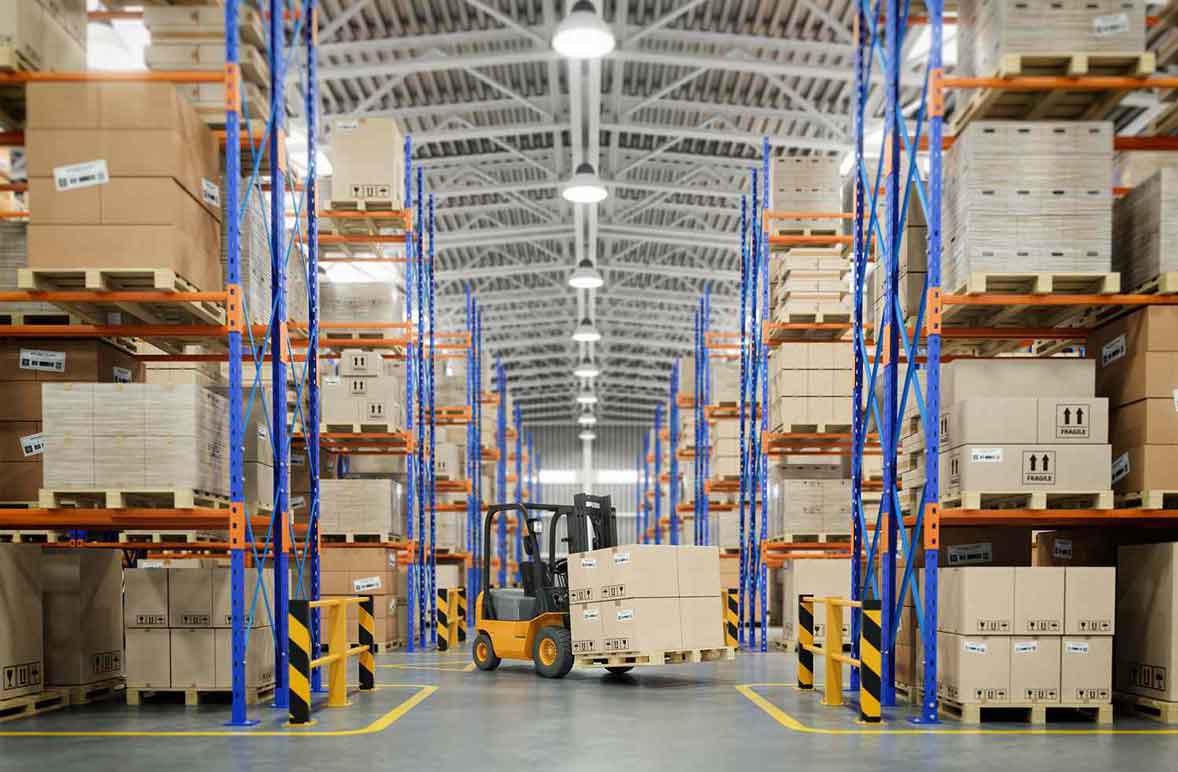
What cannot be returned
The list of goods that cannot be returned is specified in the Decree of the Russian Government. It came into effect in 1998. But the list concerns the non-food category.
According to Art. 18, 25 2300-1 Federal Law, food products are not returned to the store, provided they are of normal quality and have not expired. The law prohibits the return of a thing if it meets the standards and appearance.
List of non-food products that cannot be returned
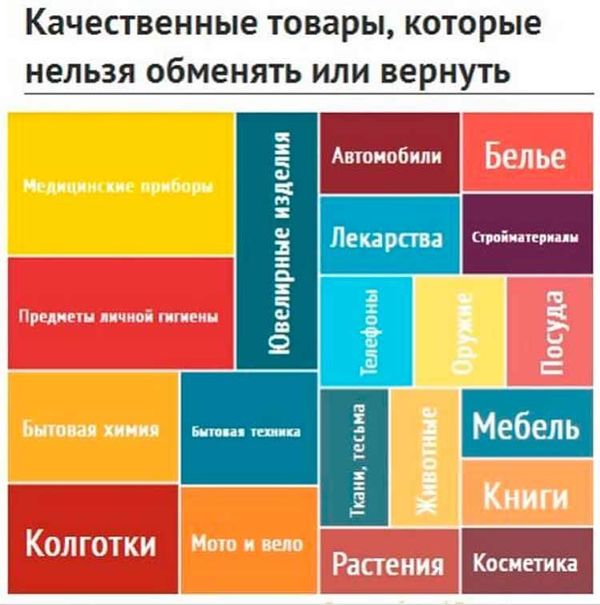
List of goods that cannot be returned or exchanged:
- Cosmetic and perfumery products.
- Cut-type textile products.
- Furniture products.
- Jewelry.
- Periodicals.
- Vegetation.
- Animals.
- Finishing materials sold by the meter.
- Socks, stockings, tights.
- Towels, bed linen, knitwear.
- Chemicals (household).
- Ammunition and weapons (civilian).
- Containers intended for storing food.
- Cars, ships.
- Technically complex devices with a warranty period.
- Cables and wires sold by the meter.
REFERENCE: if these products are of high quality, they are not returned even within 14 days!
When and why is illiquid property written off?
There are often situations when a batch delayed in a warehouse is no longer suitable for further sale, even at a discount. In this case, there is only one option left - to remove it from the balances and liquidate it. You can simply take it to a landfill, but before doing this, you need to complete two important formal steps.
Everything should be done so that there are no problems with tax accounting in the future. Therefore, the fact of write-off will have to be documented and justified.
In addition, the company's management will have to decide whether these expenses can be classified as general expenses in order to reduce the amount of income tax.
The second step is recycling itself. If the organization, under the contract, must independently destroy the batch, then it bears all associated costs. But usually this applies only to those types that require special conditions - household chemicals, hazardous waste and hazardous production.
Procedure for returning and exchanging low-quality goods
In accordance with the provisions of the Law “On Protection of Consumer Rights”, the procedure for returning low-quality non-food category goods at a retail outlet is implemented as follows:

- The product in which a defect was discovered is packed in a box saved by the buyer along with technical documentation and purchase receipts.
- The buyer presents the defective product to the point of sale and verbally explains the problem to the store manager.
- return claim
- The buyer, in a free or suggested form, draws up a letter of claim , in which he sets out the essence of the problem associated with the technical condition of the product, referring to the warranty periods in its documentation.
- The store seller accepts a written request from the buyer to agree on the option of further action - exchanging the product, repairing it or returning the money.
According to legal regulations, the store is obliged to accept a faulty product from the consumer and, if necessary, check its quality.
How to prevent the situation from repeating itself
For prevention, two main methods have been developed that help prevent the company’s goods from getting stuck.
First of all, this is a thorough check of everything that comes into the warehouse. It is recommended to inspect the products before and after purchase to check suitability and serviceability. Usually there is a dedicated merchandiser for this.
Regular checks are also carried out on the products stored by the company. For this purpose, inventories are organized, everything is recalculated, and compared with virtual data.
Particular attention should be paid to all items for which demand is seasonal. It is important not to lose them or spoil them during storage.
In order not to accumulate it in storage, you can put it on shelves and dilute it with popular goods. This draws extra attention to the display and reminds the customer that they may have a need for this item. You can also activate a price reduction on it and offer it as a set.
Another way to prevent the appearance of illiquid assets in the future is strict adherence to rotation. Employees must monitor suitability, promptly implement discounts and promotions for the purchase of products, and act within the framework of instructions.
To make it easier for them to control the volumes in warehouses, it is recommended to provide them with TSD, and the enterprise with special trading programs that will help take into account the entire assortment, their expiration dates and location within the warehouse premises. Our employees will help you install such software. They will figure out how best to optimize business processes and select programs and equipment that will cope with the tasks and minimize the costs of delays and damage to products. Software options that will help deal with illiquid items are “Warehouse 15” and “Shop 15”.
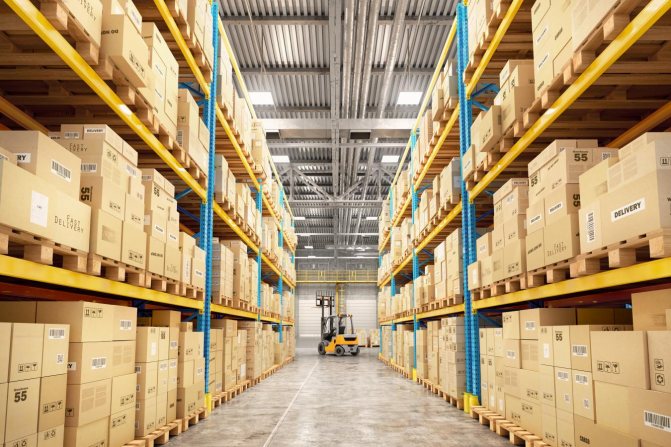
What does an illiquid product mean and what are its advantages?
It rarely happens that the same position holds the attention of the audience for too long and consistently. Usually the situation is dynamic and if demand for one product increases, then for another it decreases. Therefore, for large retailers, delaying a batch for some time can be an advantage. Sometimes he even turns out to be a monopolist in the sale of this type.
In addition, problems with marketing unsuccessful products become a test for small organizations. They force employees to be more attentive to purchasing and the process of offering an assortment to customers, teach them to be more serious and responsible, force them to carry out procurement correctly and control inventory levels.
Deadline for returning goods if their quality does not meet the requirements
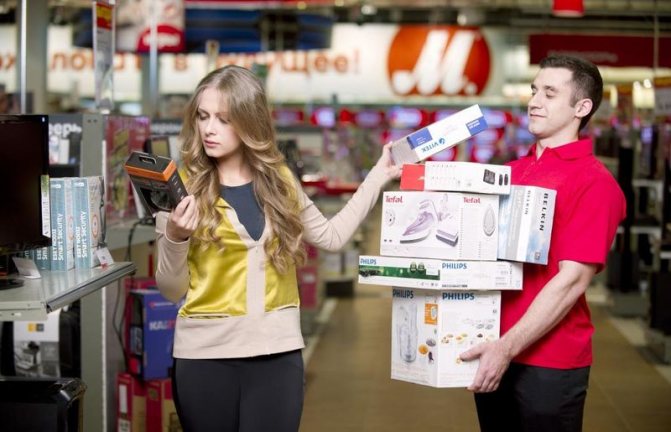
If the product is on the Government's list, it can be brought into the store if it is of poor quality.
This must be done within 14 days from the date of purchase. If a warranty is established for a defective product, then during its validity period. If the warranty period is not established, the product is returned within 2 years.


